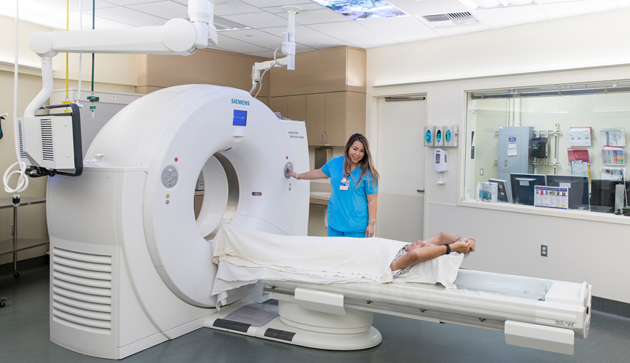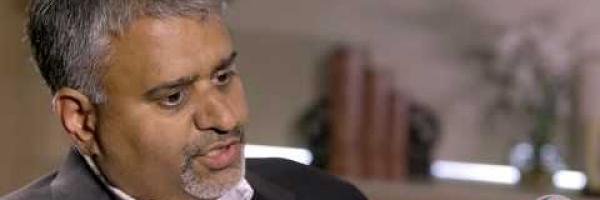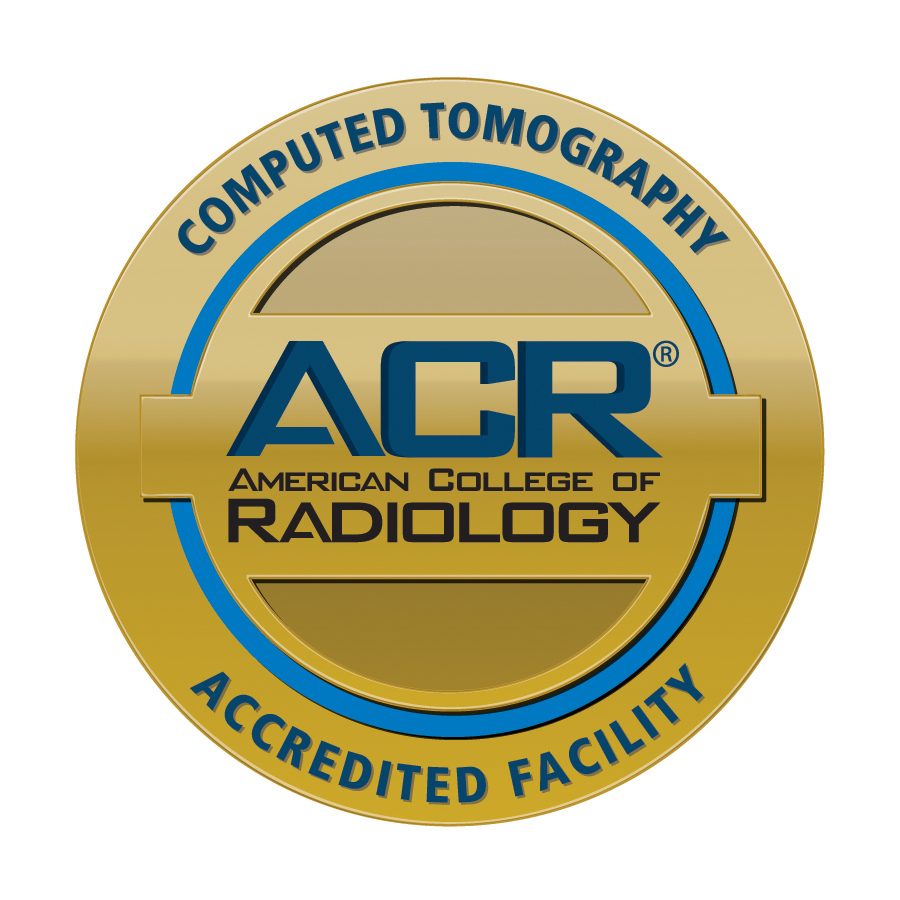Computed Tomography (CT)
During a CT scan, multiple X-ray beams and electronic detectors rotate around you, taking cross-sectional images, called “slices,” that are combined to create the final images. Doctors use images from CT scans for diagnosis and to evaluate how treatments for various conditions are progressing.
At El Camino Health, we use the newest generation of CT equipment. That includes the Siemens Dual Source scanner, which uses two X-ray sources for split-second scanning, and the Siemens Single Source scanner, which simultaneously scans several slices to significantly reduce scanning time. These powerful machines generate more data, with more precise detail, more quickly than less sophisticated scanners.

At our both our campuses, new software allows CT scanning to be performed with significantly less radiation exposure. SAFIRE (Sinogram Affirmed Iterative Reconstruction) technology allows a wide range of these tests to be done at up to 60 percent less radiation than traditional CT scans, without compromising image quality. This reduced exposure is a great benefit in terms of limiting the risk for future cancers from excess radiation, especially for children and those who need multiple CT scans.
In some instances, CT scans are performed with a contrast solution (dye) — a substance that’s taken by mouth or injected into an intravenous (IV) line. The contrast solution circulates through the organ or tissue being studied to provide a more detailed image of the area. A visit for a CT scan usually takes about 30 minutes. The scan itself is usually only a few minutes. You’ll lie still on a table that moves in and out of the machine. The rest of the time will be spent preparing you for the exam by having you change if necessary and having a short interview with the technologist.
Doctors use CT scans for many reasons, such as to:
- View injuries from a trauma.
- Diagnose symptoms such as difficulty breathing, or chest or abdominal pain.
- Evaluate someone with stroke symptoms.
- Check for certain types of cancer or to help plan and administer radiation treatments.
- Guide minimally invasive procedures, such as taking a tissue sample (biopsy).
- Examine heart vessels for signs of disease.
- Screen for heart disease and lung cancer in people who may be at greater risk.
All imaging at El Camino Health is digital, which makes your study easy to share with the doctor who ordered your test.

